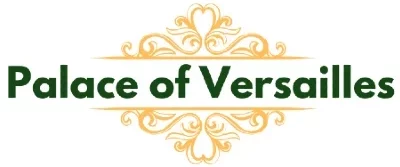Interesting Facts about the Versailles Estate
Legends, Name origins, Historical tales, Architectural wonders & myths
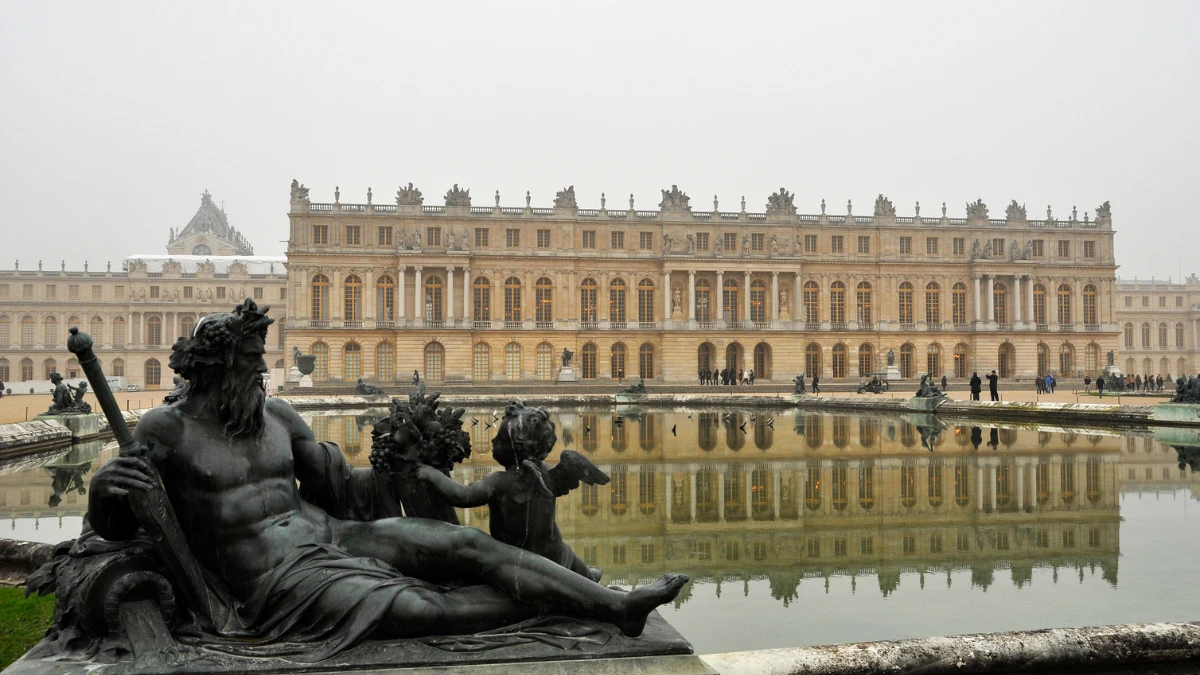
Ever wondered what royal life was like back then?
As you plan to visit the Palace of Versailles, situated 20 km (12 miles) southwest of Paris, gaining insights into intriguing facts about this historic landmark can enrich your experience.
Here are some fascinating facts, stories, and myths about the magnificent Versailles Estate.
The Palace of Versailles gets over 8 million visitors each year, so it’s best to book early. The Full Access Ticket lets you explore on your own, the Guided Tour offers expert insights, and the Transport Tour makes it easy with pickup from Paris.
Versailles is not the world’s largest palace

Many people think Versailles is the world’s largest palace, but it’s false.
The estate covers 2014 acres, and the castle is an enormous 721,206 square feet, well over twice the size of Central Park. Making it the largest royal domain, meaning the biggest architecture built for royals.
China’s Forbidden City complex in Beijing holds the title of the world’s largest palace by area, spanning 728,000 square meters (180 acres).
The reason why it is called Versailles
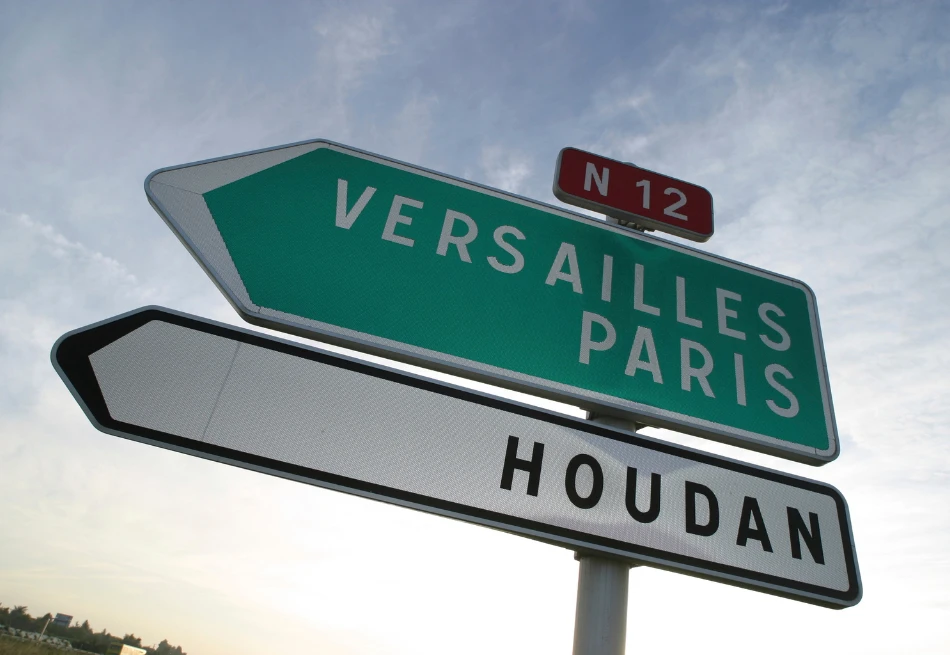
There are two explanations for why the palace is called Versailles.
One explanation comes from the Latin word ‘versare,’ meaning ‘to turn over and over,’ as in cultivating the soil.
The Estate was once a swamp, which was transformed into a hunting lodge and eventually into a palace, reflecting its many changes.
Another explanation is from the Latin word ‘versus,’ meaning ‘to slope.’
Versailles was once a village, and it flourished as the palace was built.
It’s believed that Louis XIV wanted to create a hill representing the highest structure in the area, leading to the name Versailles.
Explore various tour options in Versailles, including the Full-access ticket with gardens, Skip-the-line guided tour, Round-trip palace tour from Paris, Night fountains show ticket, Versailles palace bike tour, and Private golf cart tour of the palace – perfect for every visitor’s needs.
The Honour Gate we see today is not the original one
The original Honour Gate was built in the 17th century, and the palace’s gates, interiors, and sculptures are decorated with over 1,000 kilograms of gold leaf.
However, it was destroyed during the French Revolution.
The current gate is made of gilded wrought iron and was inaugurated in 2008.
The Beautiful Versailles Gardens were smelly!
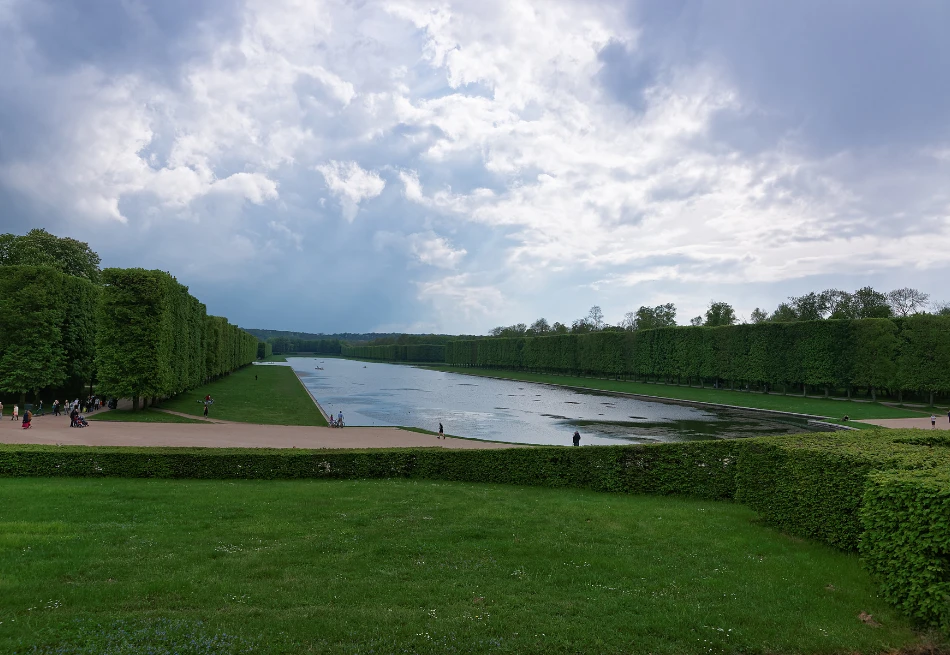
Versailles Gardens is the not-be-missed kind of attraction in this historic place.
But did you know that it was hated for the natural smells back then?
There were nearly 2,10,000 flowers and 2 lakh trees, which created a mix of natural smells.
It was allergic to some people; some fell sick every night, including a royal mistress.
If you wish to learn more before you visit Versailles, you can find further details about the palace’s Opening hours, How to reach the palace, Renting vehicles, Tips for visiting the Versailles Palace, and Restaurants and cafes near the palace.
Revolutionizing water supply for Versailles Fountains
When the Versailles Fountains were constructed, a significant challenge was the water supply, as there were no nearby rivers or water sources.
Artificial ponds were created to address this but were still insufficient for large fountains.
A clever solution was devised to overcome this issue and ensure water conservation.
The fountains were designed only to operate when the king passed by, and they utilized hydraulic systems that still in use today.
Is Queen’s House Haunted?
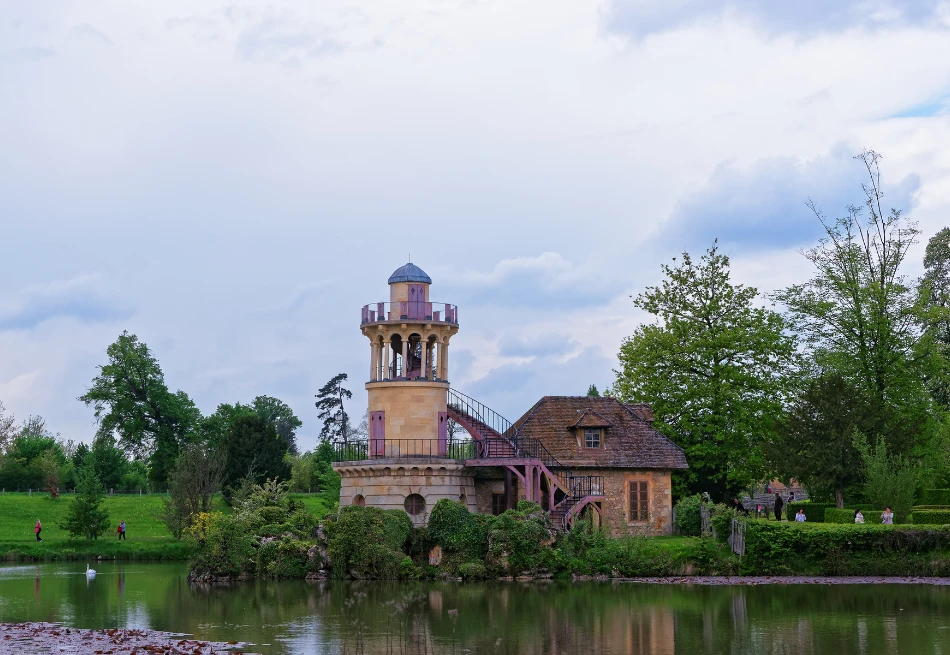
It is believed that Marie Antoinette’s spirit haunts the Queen’s house in the Trianon Estate.
Her spectral apparition is said to roam the garden where the secluded building is located.
The mirror makers were killed
The Hall of Mirrors is the most popular attraction in Versailles. In the 17th century, mirror-making was rare and expensive, and Venice dominated the industry.
The French persuaded Venetian artisans to create the mirrors for the Hall of Mirrors.
Subsequently, the Venetian government ordered the mirror makers to be killed for sharing the manufacturing secrets with France.
Versailles was known for ending wars
The Versailles Palace has so far ended three wars.
The Treaty of Paris was signed here in 1783, and Britain recognized the United States of America as an independent country.
In 1871, France was defeated in the Franco-Prussia war and accepted the defeat at this iconic Palace.
Versailles played an important role in ending World War 1. The Treaty of Versailles ended the war between Germany and the Allied Powers. It was signed in the Hall of Mirrors.
The Sun King

Louis XIV, known as the ‘Sun King’, took his title seriously.
The entire estate is designed from East to West, following the sun’s path across the sky.
Kings and Queens had their food cold
Versailles is undoubtedly an architectural masterpiece, but the architects missed one thing —the misplacement of kitchens.
The kitchen was built on the other side of the dining halls; no matter how many servants worked, the food went cold.
Much later, in the 18th century, Louis XV, a foodie, built the kitchen in his private apartments.
Chamberpots made up of silver
Versailles was so over-the-top that even the chamber pots were fancy, made of silver for the kings and queens to use at night for natural calls.
In 1689, these posh pots were melted down to help finance Louis XIV’s war against Britain and other European nations.
